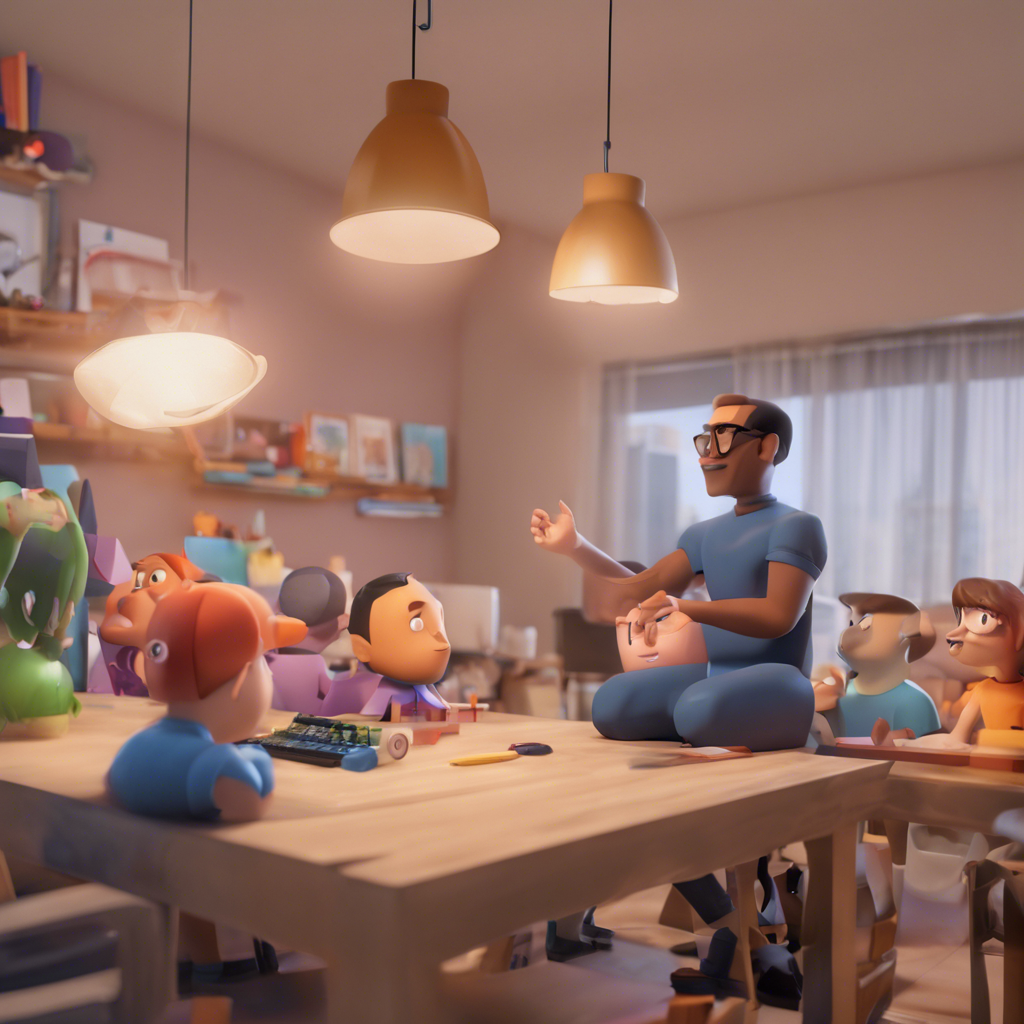How long does it take to learn animation in blender?
How Long Does It Take to Learn Animation in Blender?
Learning animation in Blender can be a rewarding and fulfilling journey, but it often leaves beginners wondering: "How long does it take to learn animation in Blender?"
The answer isn't straightforward because it depends on various factors, including your previous experience with 3D software, the complexity of the animations you aim to create, and the amount of time you're willing to dedicate to learning. In this article, we'll explore the process of learning animation in Blender, breaking it down into stages to give you a clearer picture of what to expect.
Understanding the Basics
Before diving into animation, it's crucial to grasp the basics of Blender's interface and fundamental concepts such as meshes, materials, lighting, and cameras. This initial learning phase can take anywhere from a few days to a couple of weeks for someone new to 3D software. Familiarizing yourself with Blender's interface and basic operations will lay a solid foundation for your animation journey.
Modeling and Sculpting
If you plan to animate characters, you'll need to master modeling and sculpting techniques to create your characters or objects. This stage can be more time-consuming, especially if you're aiming for high-quality, detailed models. Depending on your pace and dedication, this could take several weeks to a few months. Practicing with simple projects first, like a cube or a sphere, and gradually moving to more complex shapes and characters will help speed up this process.
Rigging
Rigging is the process of creating a skeleton for your model so that it can move. This is a critical step in character animation. Learning rigging can be challenging, and it might take a few weeks to months to get comfortable with it. Blender offers tools like Armatures and the Rigify add-on to assist in this process. Like with modeling, starting with simpler rigs and gradually increasing complexity will ease your learning curve.
Keyframe Animation
Keyframe animation is the process of creating a sequence of images, known as frames, where each frame is a still shot that differs slightly from the one before it. This creates the illusion of movement when the images are played in rapid succession. Understanding how to place keyframes and interpolate between them is fundamental to animation. This concept can be grasped within a few days to a week of focused study and practice.
Practice and Projects
The most effective way to learn animation is through practice. As you become comfortable with the basics of animation, start working on small projects. These projects don't have to be complex; simple actions like a bouncing ball or a waving flag are great starting points. Each project will help reinforce your skills and understanding. Depending on the complexity of your projects, this phase can last from several months to over a year.
Advanced Techniques
As you progress, you'll encounter more advanced animation techniques such as inverse kinematics (IK), non-linear animation, and particle systems. These can significantly enhance your animations but also require time to master. Expect to spend additional weeks to months learning and applying these techniques.
Continuous Learning
Animation is an ever-evolving field, and Blender is frequently updated with new features and improvements. To stay current, you'll need to continuously learn. This doesn't mean you have to spend hours every day studying; even keeping up with new releases and features can significantly benefit your animation skills.
Factors Affecting Learning Time
Several factors can influence how long it takes to learn animation in Blender:
- Previous Experience: If you're familiar with 3D software or have a background in art, you'll likely pick up Blender faster.
- Dedication: The more time you dedicate to learning and practicing, the quicker you'll progress.
- Learning Resources: High-quality tutorials and courses can significantly speed up your learning process.
- Goals: Setting clear, achievable goals for your animations can help focus your learning and make the process more efficient.
Conclusion
Learning animation in Blender is a journey that can take anywhere from a few months to several years, depending on your pace, dedication, and the complexity of the animations you aim to create. The key to success is consistent practice and patience. Remember, every animator started as a beginner, and with time and effort, you too can create stunning animations.
Embrace the learning process, explore the vast community and resources available, and most importantly, enjoy the journey. Animation is not just about the destination; it's also about the creativity and joy you'll experience along the way.
This article provides a general guideline on how long it might take to learn animation in Blender, but remember, the most important metric is your personal growth and enjoyment in the learning process. Happy animating!
Discover more from EMD
Subscribe to get the latest posts to your email.
